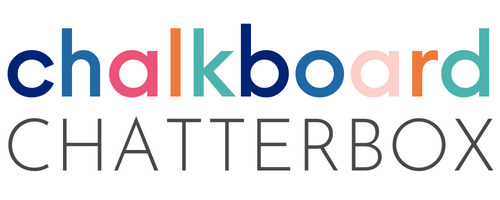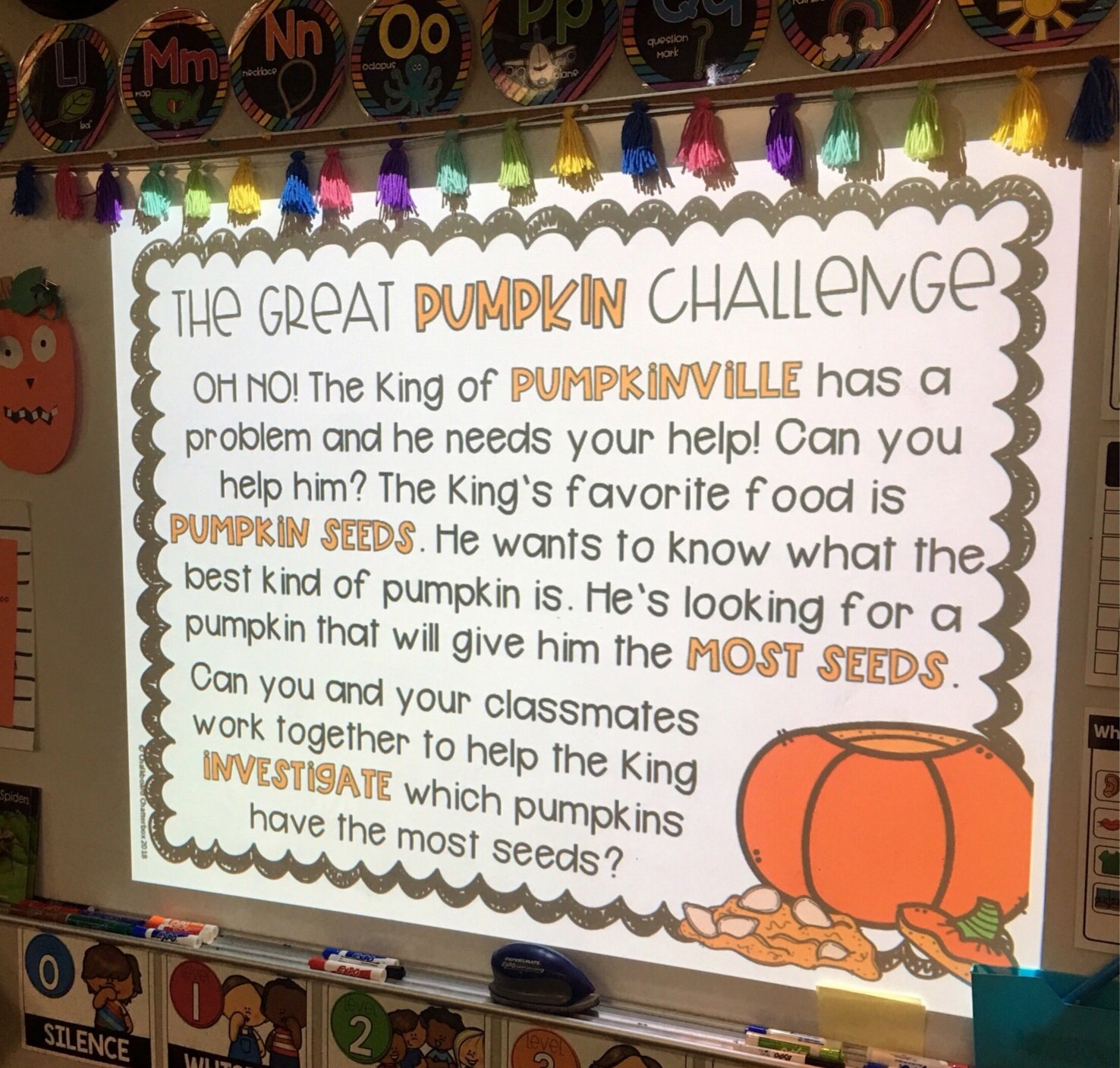Pumpkin Science Activities
Halloween Fun Without the Party
So, you’re looking for a new activity to have some fun in the classroom on Halloween? An activity that will being some joy and excitement for your students, while also covering standards? A pumpkin investigation day is the perfect solution to Halloween fun… without the party! Here’s what you can do:
estimate how many seeds are in a pumpkin.
investigate the life cycle of a pumpkin.
count pumpkin seeds.
Pumpkin Investigation
Start the day by reading How Many Seeds in a Pumpkin by Margaret MacNamara. Retell the story and predict how many seeds the pumpkins has.
After reading the story, your students will love doing some reading of their own with pumpkin fluency passages.
Learning About Pumpkin Life Cycle
Continue the day of fun by reading the nonfiction mini book Growing Pumpkins by Melvin Berger.
In the book, students learn about the life cycle of a pumpkin. Complete your own pumpkin life cycle mini books using the information learned.
Make some pumpkin observations to label the class pumpkin diagram.
A Problem for the King of Pumpkinville
Wrap a box with butcher paper and address it to your class. Tell students that they have to solve a problem for the King of Pumpkinville!
The problem is that the King wants to find the pumpkin that produced the most seeds.
Investigating Pumpkins
Students can work in groups to investigate the properties of different varieties of pumpkins and gourds.
Each group can draw a diagram and label the parts of their pumpkin.
Before opening their pumpkin, students can predict which pumpkin they thought would be best for the King.
Collecting Data
Students continue to collect data about their pumpkins. Each group describes the color of the stem and shape of the seeds.
Students measure the height and weight of their pumpkin. They also collect a sample of seeds for the King to approve.
Counting Pumpkin Seeds
Discuss how the seeds can be grouped for efficient counting. Students can work together to put their seeds into groups of 10.
Analyzing Data
As a class, a table to organize and compare the pumpkin data.
My students discovered that you cannot predict the number of seeds that a pumpkin will have based on the color or size.
My students were excited to let the King know that the smallest white pumpkin had the most seeds.
Wrap Up
Your students and I loved exploring and investigating the in’s and out’s of pumpkins and gourds. These activities are just what you need to meet your science and math standards while having some fall fun.
You’ll Love These Related Posts














